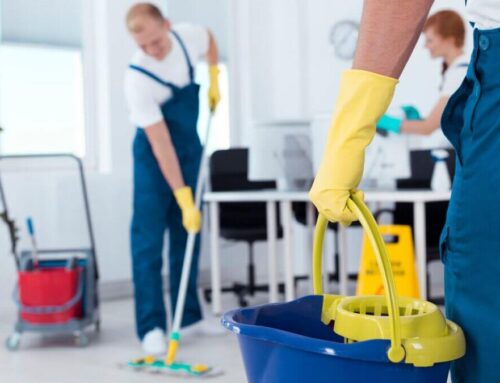Pet Urine Odor: What Works and What Makes It Worse
Pet accidents happen. The real challenge is the odor that keeps returning after you think the spot is clean. Urine contains urea, salts, and uric acid crystals. Those crystals bond to fibers and padding, then release odor again whenever humidity rises. Below you will find a clear guide on what truly works and what usually makes things worse.
Why Pet Urine Odor Comes Back
- Uric acid crystals rehydrate: Moisture activates lingering crystals and the smell returns.
- Padding and subfloor absorb liquid: Surface cleaning alone often misses what soaked below.
- Incorrect chemistry: Some household products neutralize scents temporarily but leave odor sources intact.
What Actually Works
- Enzymatic treatments: True enzyme or bio-enzymatic cleaners digest the odor-causing residues. Allow proper dwell time as directed.
- Sub-surface extraction: Professionals flush the affected area and extract from the carpet, pad, and underlay rather than only the face fibers.
- Hot water extraction with urine treatment: When used correctly, professional steam cleaning plus urine decontamination removes soils and rinses residues.
- Oxidizing odor treatments: Specialized oxidizers break down remaining organics. Technicians apply them after testing for colorfastness.
- Padding replacement when necessary: Severe contamination may require removing a section of pad, sealing subfloor, and reinstalling.
- UV inspection: Blacklight helps map the real size of the affected zones before treatment begins.
What Makes It Worse
| Action | Why It Backfires |
|---|---|
| Using household steamers on fresh urine | Heat can set stains and push contaminants deeper into the pad. |
| Over-wetting with water or vinegar | Liquid spreads the spot under the carpet and activates crystals again. |
| Strong perfumes or deodorizer powders | They mask odor briefly and may leave sticky residues that attract soil. |
| Bleach or harsh solvents | Risk of color loss, fiber damage, and unsafe fumes indoors. |
| Rubbing aggressively | Spreads the spot and distorts carpet pile. |
Fresh Accident? Do This First
- Blot, do not rub: Use white towels to absorb as much moisture as possible.
- Apply an enzyme cleaner: Saturate the area so it reaches the pad. Respect dwell time.
- Blot again: Press with clean towels and add weight for 10 to 20 minutes.
- Airflow: Increase ventilation and use a fan to speed dry. Avoid heat.
- Test first: Always test chemistry in a hidden area for colorfastness.
When To Call a Professional
- Repeated odor after your best attempts to clean
- Large or multiple spots, especially on carpeted stairs or area rugs
- Discoloration, wicking, or sticky feel after DIY efforts
- Strong odor near baseboards suggesting pad or subfloor saturation
Need pet urine odor removal that actually works?
We combine enzyme treatments, sub-surface extraction, and professional steam cleaning for lasting results.
Helpful Services
See our related pages for deeper cleaning options that pair well with odor removal:
FAQs
Will the smell ever be fully gone? Yes in many cases, as long as the treatment reaches the pad and the right chemistry is used. Severe cases may require pad replacement.
Is vinegar enough? It helps with surface odor but does not break down uric acid crystals. Enzymes and extraction work better.
Can you treat area rugs? Yes. Some rugs require immersion or off-site treatment for best results.
Service Areas
Lebanon, West Lebanon, Hanover, Enfield (NH), White River Junction, Hartford, Norwich (VT) and nearby.
About Quality Cleaning NH: We help homeowners and property managers across the Upper Valley with dependable carpet cleaning, steam cleaning, and upholstery care that target stains and odors the right way.

